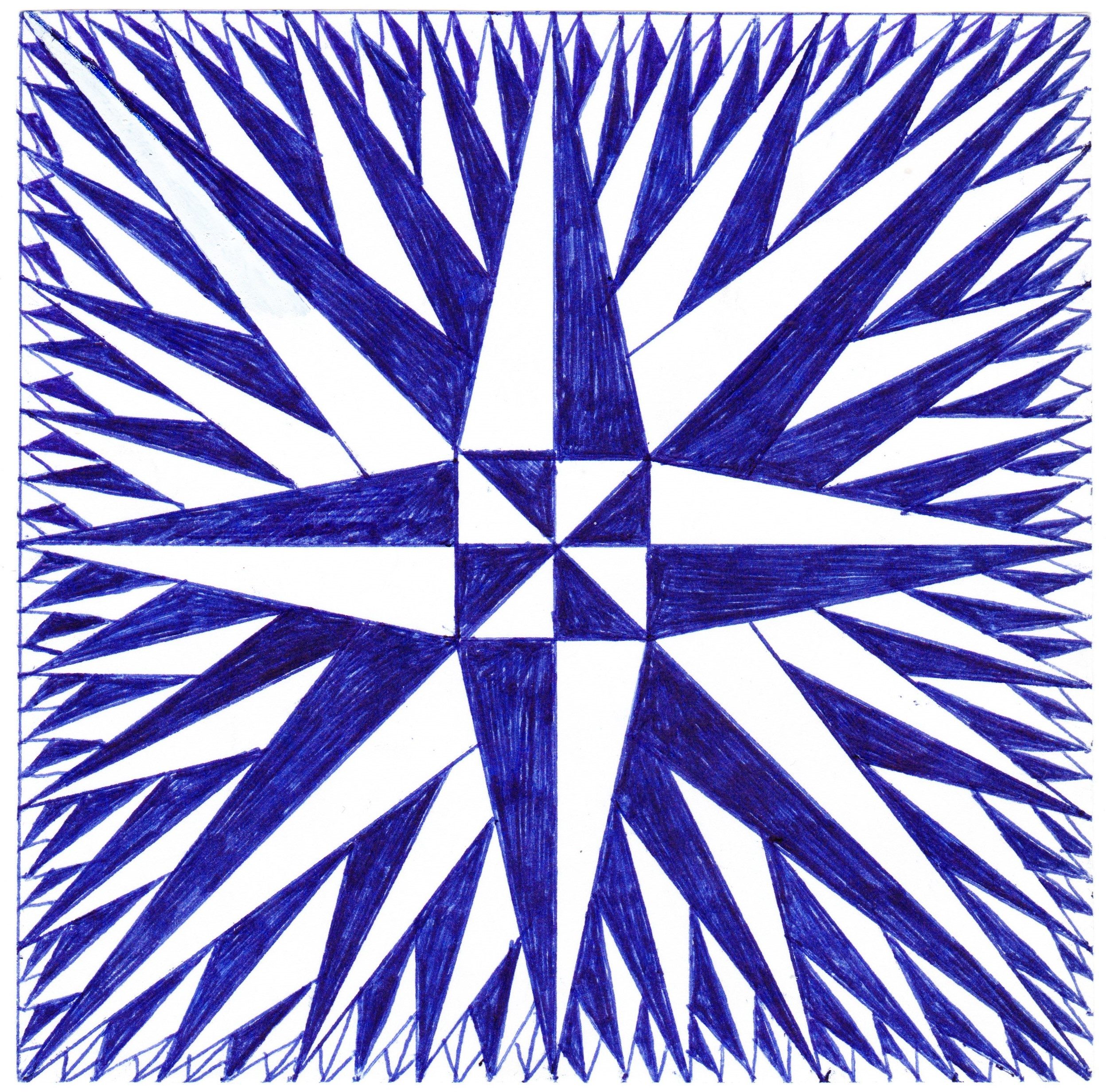In so many of the religious dialogues I have with people, whether they be classes, sermons, discussions, or blogposts, there always seem to be one or two who disagree with me (which is welcome, of course) and they almost always cite the work of G.K. Chesterton. Consequently, I would like to clear up a misunderstanding of perennialism that is present in Chesterton’s work. This is not to say that Chesterton wouldn’t find some other reason to disagree with perennialism, ecumenism, or pluralism, but I think it might be helpful to those influenced by him in their encounters with these ideas.
In 1925, G. K. Chesterton wrote in The Everlasting Man:
“These Theosophists build a pantheon; but it is only a pantheon for pantheists. They call a Parliament of Religions as a reunion of all the peoples; but it is only a reunion of all the prigs. Yet exactly such a pantheon had been set up two thousand years before by the shores of the Mediterranean; and Christians were invited to set up the image of Jesus side by side with the image of Jupiter, of Mithras, of Osiris, of Atys, or of Ammon. It was the refusal of the Christians that was the turning-point of history. If the Christians had accepted, they and the whole world would have certainly, in a grotesque but exact metaphor, gone to pot. They would all have been boiled down to one lukewarm liquid in that great pot of cosmopolitan corruption in which all the other myths and mysteries were already melting.”
In what appears to me to be a highly emotive reaction to perennialist ideas, Chesterton fails to make a not-so-subtle distinction. There is an importance difference between asking Christians to place their God alongside the gods of other religions, and asking them to consider the idea that Jesus and the rest of those deities and avatars are all manifestations of the one true God.
It is true that Jesus said, “I am the way the truth and the life. No one comes to the Father except through me.” But what does “through me” mean? This can soundly be interpreted to mean “through the type of life I have shown you,” which means that anyone who follows the way of Krishna or Gandhi or Mohammad or Buddha is also following “the way the truth and the life.” Similarly, Christian tradition tells us, “Christ has died, Christ has risen, Christ has come again.” Who is to say that Christ hasn’t died, risen, and come again dozens of times, in the forms of the spiritual luminaries of other traditions?
Perennialism may seem to be asking Christians to give up the exclusivity of Christ’s salvation, but in another view it’s really just expanding the reach of that salvation. Perennialism refuses to put human limits on Christ. Perennialism may seem to be asking Christians to lower their God into a pantheon of lesser gods, but it is only asking them to entertain the idea that all of these Gods are ultimately One.
If anyone wants to continue to believe in an exclusivist form of Christianity–or of any religion, for that matter–I understand. But I would ask you to understand the perennialist view for what it is: Not a paganism offered over and against Christianity, but a transcendent theory preserving and enhancing the legitimacy of all wisdom traditions.
